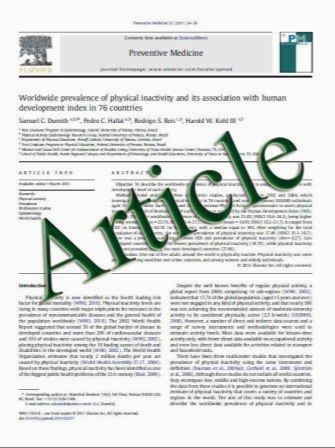Primary CNS lymphoma other than DLBCL: a descriptive analysis of clinical features and treatment outcomes
- نوع فایل : کتاب
- زبان : انگلیسی
- مؤلف : Taekyu Lim & Seok Jin Kim & Kihyun Kim & Jung-Il Lee & Do Hoon Lim & Duk Joo Lee & Kyung Kee Baek & Ha Yeon Lee & Boram Han & Ji Eun Uhm & Young Hyeh
- چاپ و سال / کشور: 2011
Description
Diffuse large B-cell lymphoma (DLBCL) constitutes most primary central nervous system (CNS) lymphoma (PCNSL), whereas T-cell, low-grade and Burkitt’s lymphomas (BL) are rarely encountered. Due to the paucity of cases, little is known about the clinical features and treatment outcomes of PCNSL other than DLBCL. The objective of this study was to describe the clinical characteristics and outcomes for patients with PCNSL other than DLBCL. Fifteen patients, newly diagnosed with PCNSLs other than DLBCL between 2000 and 2010, were included. The male to female ratio was 0.67:1 with a median age of diagnosis of 31 years (range 18–59). Pathologic distributions were as follows: peripheral T-cell lymphoma (PTCL; n=7), marginal zone B-cell lymphoma (MZBCL; n=1), lymphoplasmacytic lymphoma (LPL; n=2), Burkitt’s lymphoma (n=1), other unspecified (T-cell lineage, n=2; B-cell lineage, n=2). Thirteen patients (87%) showed Eastern Cooperative Oncology Group performance score (ECOG PS) 1–2. The remaining two were one PTCL patient and one Burkitt’s lymphoma patient. Of the nine patients with Tcell lymphoma, five (56%) had multifocal lesions, and one (20%) with LPL of the five patients with B-cell lymphoma showed a single lesion. Leptomeningeal lymphomatosis was identified in two patients (one with Burkitt’s lymphoma and one with unspecified B-cell lymphoma). Two patients (22%) with T-cell lymphoma died 7.7 and 23.3 months later, respectively, due to disease progression, despite HD-MTX-based therapy. Six patients with T-cell lymphoma (6/9, 66.7%) and four patients with low-grade B-cell lymphoma (4/5, 80%) achieved complete response and have survived without relapse (Table 3). One patient with Burkitt’s lymphoma showed poor clinical features with ECOG PS 3, deep structure, multifocal, and leptomeningeal lymphomatosis, and died 7.6 months after the initiation of treatment. In comparison with previously reported DLBCLs (median OS 6.4 years, 95% CI 3.7– 9.1 years), T-cell lymphoma showed equivocal or favorable clinical outcomes and low-grade B-cell lymphomas, such as MZBCL and LPL, had a good prognosis. However, primary CNS Burkitt’s lymphoma presented poor clinical outcomes and showed a comparatively aggressive clinical course. In conclusion, primary CNS lymphoma other than DLBCL occurred more in younger patients and showed a generally good prognosis, except for Burkitt’s lymphoma. Further research on treatment strategies for Burkitt’s lymphoma is needed.
Ann Hematol DOI 10.1007/s00277-011-1225-0 Received: 5 November 2010 / Accepted: 22 March 2011


